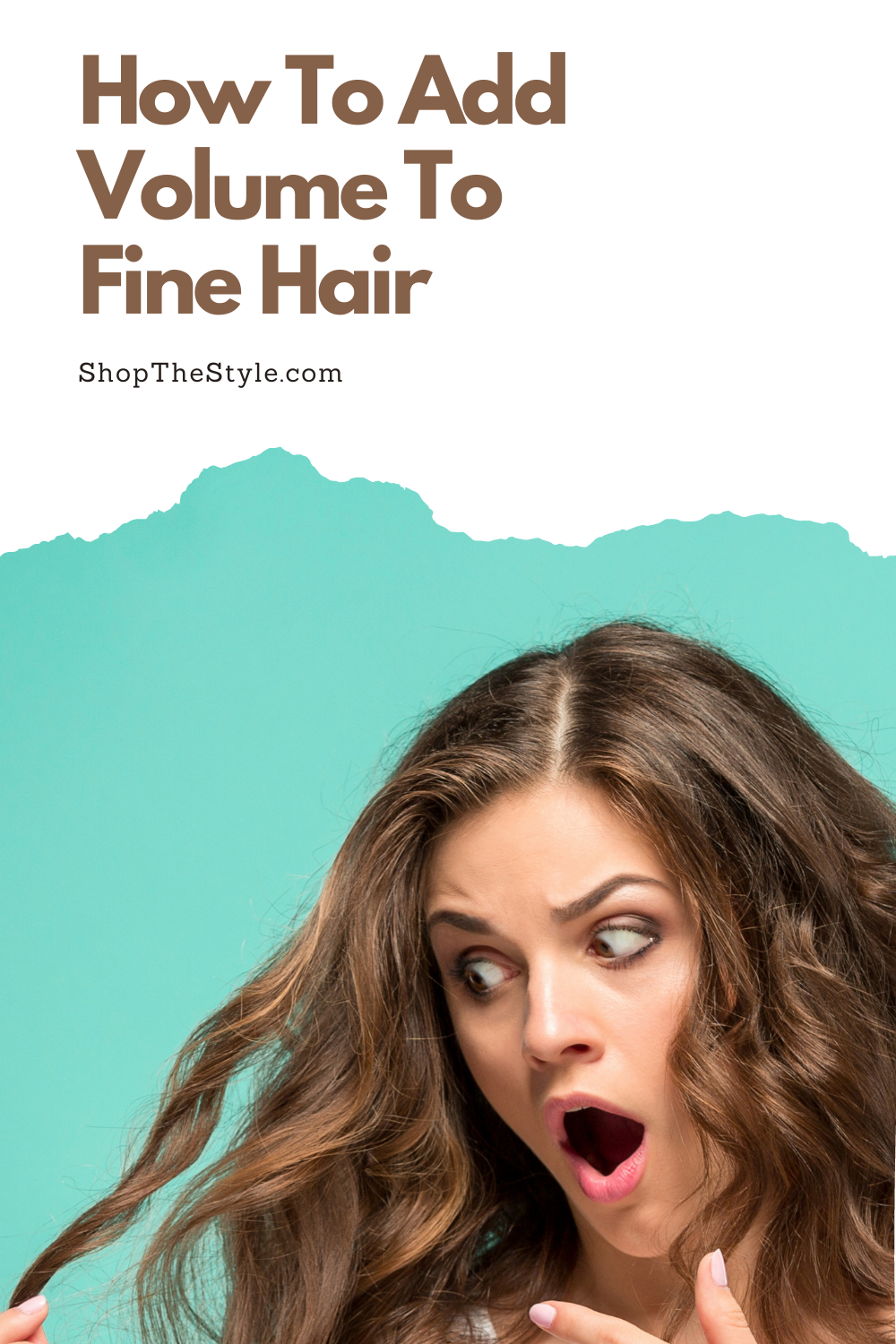For years, you’ve dreamed of being the sultry, wind-blown woman with big tresses. There’s only one problem: Your hair is a substitute of flyaway, wispy locks that always fall flat to your scalp.
In your mind, maybe you’ve dreamed of thick hair so much for so long that you actually believe you have it.
But family and friends remind you they can see your scalp when your hair is wet. And you’ve done the foolproof test by pulling your hair back into a ponytail and checking to see if it is about the diameter of a dime.
It’s official. Indeed, the gauge of your hair doesn’t quite cover FDR’s face on the U.S. dime. Your hair is thin.
Maybe you think your only solution is hair weaving or scalp implants – both pretty costly alternatives. But there are some other things you can do to add to the fullness of your hair without the big price tag.
For starters, you’ll have to be careful about the application of perms. When they are too strong for your scalp or applied too frequently, they damage your hair and make it thinner.
Invest in specialized volumizing shampoos, mousse, gels, and protein conditioners. These products offer thin hair a chance for fullness since the chemicals found in most of them are designed to make the hair appear to have more mass. Gels and similar hair solutions thickening strands or lift them from being flat against the scalp.
Pay especially close attention to the products you use while your hair is wet. Too much can weigh hair down. A good trick for conditioners is not to apply them directly to your scalp in order to avoid a greasy look and the inevitable heaviness.
You must also understand which hairstyles are best suited for thin hair types. A good, blunt short haircut that can be layered over the sparse areas of the scalp can work well to mask thinning. After you get your short haircut, schedule frequent trims, about every six weeks, to keep your ends blunt, but not stringy.
While often a beauty preference, long hair is not always the best thing for you, either. If you allow your hair to get too long, it can weigh the hair down and deprive you of any volume you’ve worked hard to get with volumizers.
Choosing a color that is close to your scalp color can give the impression of thicker hair. Darker colors tend to draw more attention to the thin areas of your hair.
If you don’t want to completely change your look, try highlights, which can give a drab color a much-needed boost. No need to go overboard with the highlights. Just a few well-spaced highlights give you what you need.
Don’t think that you have to always head to a beauty supply store to achieve your fuller look. There are certain tools you can use at home to give your hair more volume.
Using a round brush or a large-tooth comb to lift, for example, adds body. Backbrushing, or gently brushing your hair from the ends toward the scalp in sections, can give you the right wave of frizzle to stretch your strands.
Make a homemade spritz for your hair with water and a bit of table salt in a small bottle. If the bottle is small enough to carry in your purse, spritz your hair a few times a day.
When possible, it is best to let your hair air dry to prevent breakage, such as split ends, or making your hair brittle from heat damage. If you must use a dryer, however, dryers with a diffusing attachment allow you to use heat to volumize.
Be careful when using blow dryers or other heated products. Extreme heat and pulling on your hair can cause it to break or worse, make it even thinner.
Although many don’t select this because of the sticky mess that can unfold, you can try adding gel to the roots of your hair to make it stand up. Cosmetologists and stylists call this a root lifter.
Be aware that this can sometimes promote stiffness. Hairstyles that use this method are less flexible and won’t always give you a natural-looking bounce.
Finding a daily regimen that addresses thinning hair over time is better than any quick-fix solution. Good habits ultimately will forge the change you want to see.
Part of your day-to-day routine should allow enough time for you to care for your hair. Thin hair requires more of a morning routine investment. Continue to properly wash your hair and use volumizing products in moderation.
When you find that you can’t manage to do your hair on your own, find a hairdresser who specializes in thin hair. He or she may have other suggestions you haven’t thought of to help you manage a good hairstyle.
Maybe you won’t ever have the *big hair* that you see in magazines or movies. Maybe your hair won’t ever have its own roar.
But if you are willing to start a routine that increasingly adds volume, your hair won’t need to roar. It will have body, bounce, and never again fall flat.








